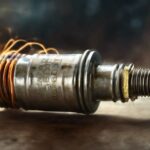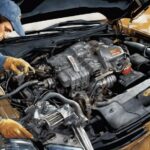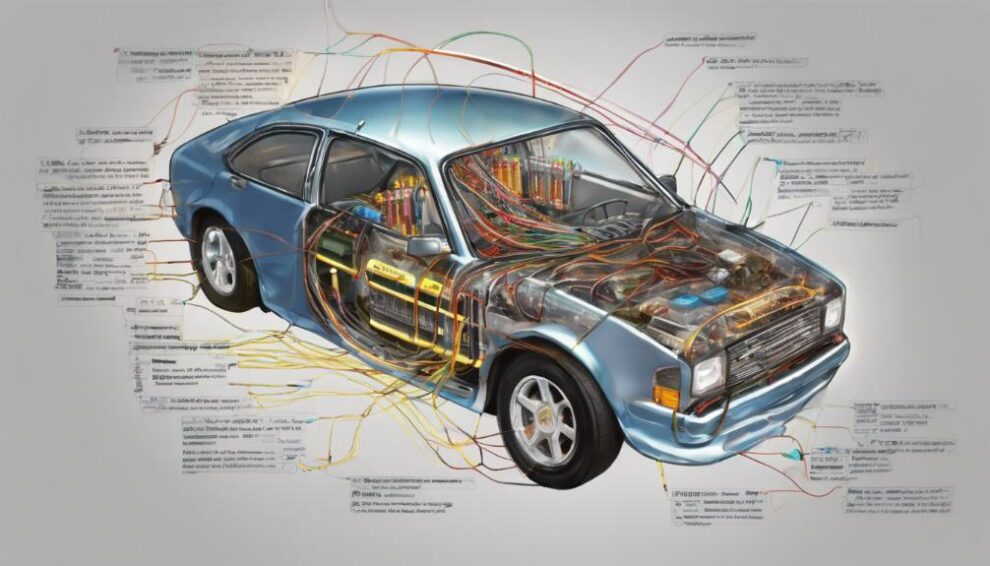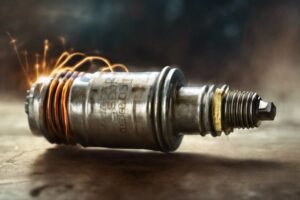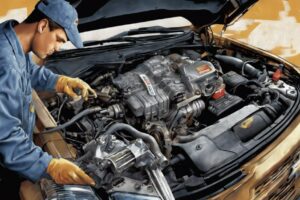To understand car wiring basics, grasp voltage, current, and resistance roles. Voltage drives current; current powers bulbs, motors, electronics; resistance regulates flow and protects components.
Colors assign functions: red for power, black for ground. Symbols in diagrams signify parts and connections. Diagnose issues using Ohm’s Law, a digital voltmeter identifies voltage drops above 0.1 volts.
Tools like multimeters and continuity testers assist in finding faults. Guarantee safety with proper grounding, following guidelines, correct fuses, maintenance, and wire gauge.
Mastering these fundamentals lays the groundwork for troubleshooting and maintaining your vehicle’s electrical system.
What You Need to Know
- Voltage, current, and resistance are fundamental in circuits.
- Color-coded wires simplify circuit identification and troubleshooting.
- Diagnosing issues involves using Ohm’s Law and wiring diagrams.
- Essential tools include a multimeter, continuity tester, and circuit tester.
- Safety measures include proper grounding, fuse installation, and regular maintenance.
Voltage, Current, and Resistance

Understanding the basics of voltage, current, and resistance is essential for grasping the functioning of car electrical systems efficiently.
When exploring circuit analysis and electrical troubleshooting, having a solid grasp of these concepts is crucial.
Voltage, denoted in volts, serves as the driving force propelling current through the circuit, powering various components within your vehicle.
Current, measured in amperes, is the flow of electrons that lights up your bulbs, spins your motors, and operates your electronics.
Resistance, quantified in ohms, acts as the regulator, controlling the flow of current and safeguarding your electrical components from damage.
Color-Coded Wires and Symbols
Color-coded wires and symbols play an important role in simplifying the identification of different circuits and components within automotive wiring diagrams.
Wire identification is essential for understanding the electrical layout of a vehicle.
Standard color codes such as red for power, black for ground, yellow for constant power, and blue for power antenna circuits are commonly used in automotive wiring.
Proper interpretation of these color codes is fundamental for accurate wiring diagram interpretation.
Symbols within wiring diagrams represent various components and connections in the vehicle’s electrical system.
Understanding these symbols is essential for correctly identifying parts and connections during diagnostic procedures.
Diagnosing Circuit Issues

To effectively diagnose circuit issues in a vehicle’s electrical system, utilizing Ohm’s Law to measure voltage drop is a critical step.
By measuring voltage drop across different points in a circuit using a digital voltmeter, you can pinpoint areas with excessive voltage drops, indicating potential problems.
According to the standard, voltage drops exceeding 0.1 volts suggest issues that require attention. Understanding Ohm’s Law, which relates voltage, current, and resistance, is fundamental for accurately interpreting these measurements.
When diagnosing circuit issues, refer to wiring diagrams to comprehend the electrical layout of the vehicle. This knowledge aids in tracing the path of current flow and identifying potential trouble spots.
In cases where shorts are detected, repair may involve isolating the damaged section and either using electrical tape for minor fixes or replacing the faulty wiring entirely.
Applying these diagnostic techniques systematically will help you efficiently troubleshoot and resolve electrical problems in your vehicle.
Tools for Electrical Fault Finding
When troubleshooting electrical faults in a vehicle, having the right tools is essential for efficient diagnosis and repair. Fault identification techniques are important when dealing with car wiring issues.
Utilizing a multimeter is key for measuring voltage, current, and resistance in electrical circuits, aiding in pinpointing the source of the problem.
A continuity tester is invaluable for identifying breaks or interruptions in wiring connections, ensuring a thorough diagnosis.
To check for power in wires and components, a circuit tester with a sharp probe is a handy tool in your diagnostic arsenal.
Then, wire strippers play a significant role in removing insulation from wires for testing or repairs, facilitating access to the conductors.
A fuse tester is also necessary, allowing for quick identification of blown fuses in electrical systems, streamlining the troubleshooting process.
By employing these testing equipment and diagnostic tools, you can effectively troubleshoot electrical faults in your vehicle and expedite the repair process.
Ensuring Safe Operation
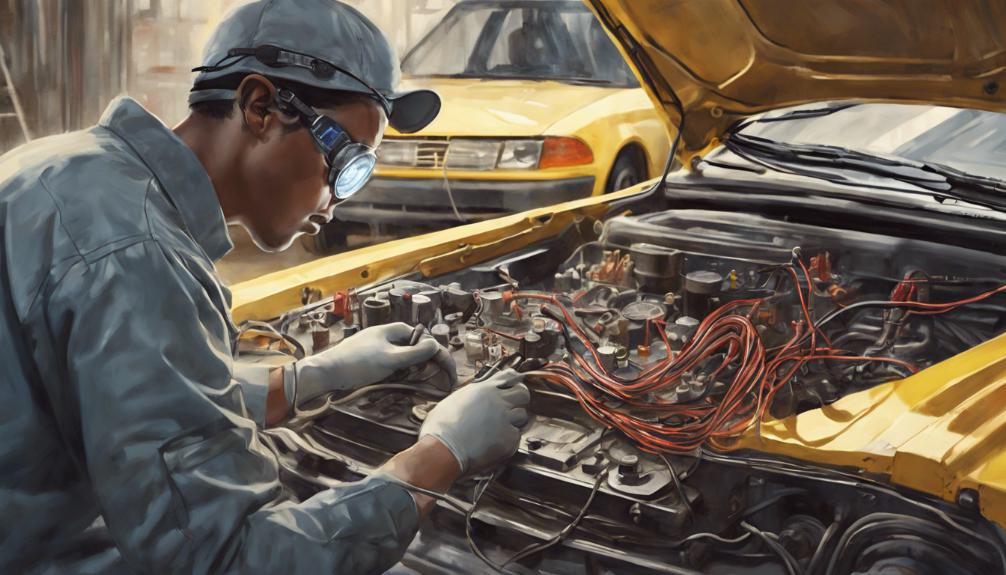
For safe operation of your vehicle’s electrical system, prioritize using the correct gauge wire to prevent overheating and guarantee efficient current flow. Here are some key points to prioritize safe operation:
- Grounding Techniques: Properly ground components in your car to prevent electrical malfunctions and ensure the safety of your vehicle.
- Proper Connections: Follow manufacturer’s guidelines for polarity connections to prevent damage to electrical components and maintain their proper functioning.
- Fuse Installation: Install fuses of the appropriate amperage rating to protect circuits from dangerous high currents and prevent electrical fires.
- Regular Maintenance: Regularly inspect and maintain wiring connections to prevent shorts or faults that can compromise the safety and reliability of your car’s electrical system.
As an Amazon Associate we earn from qualifying purchases.

